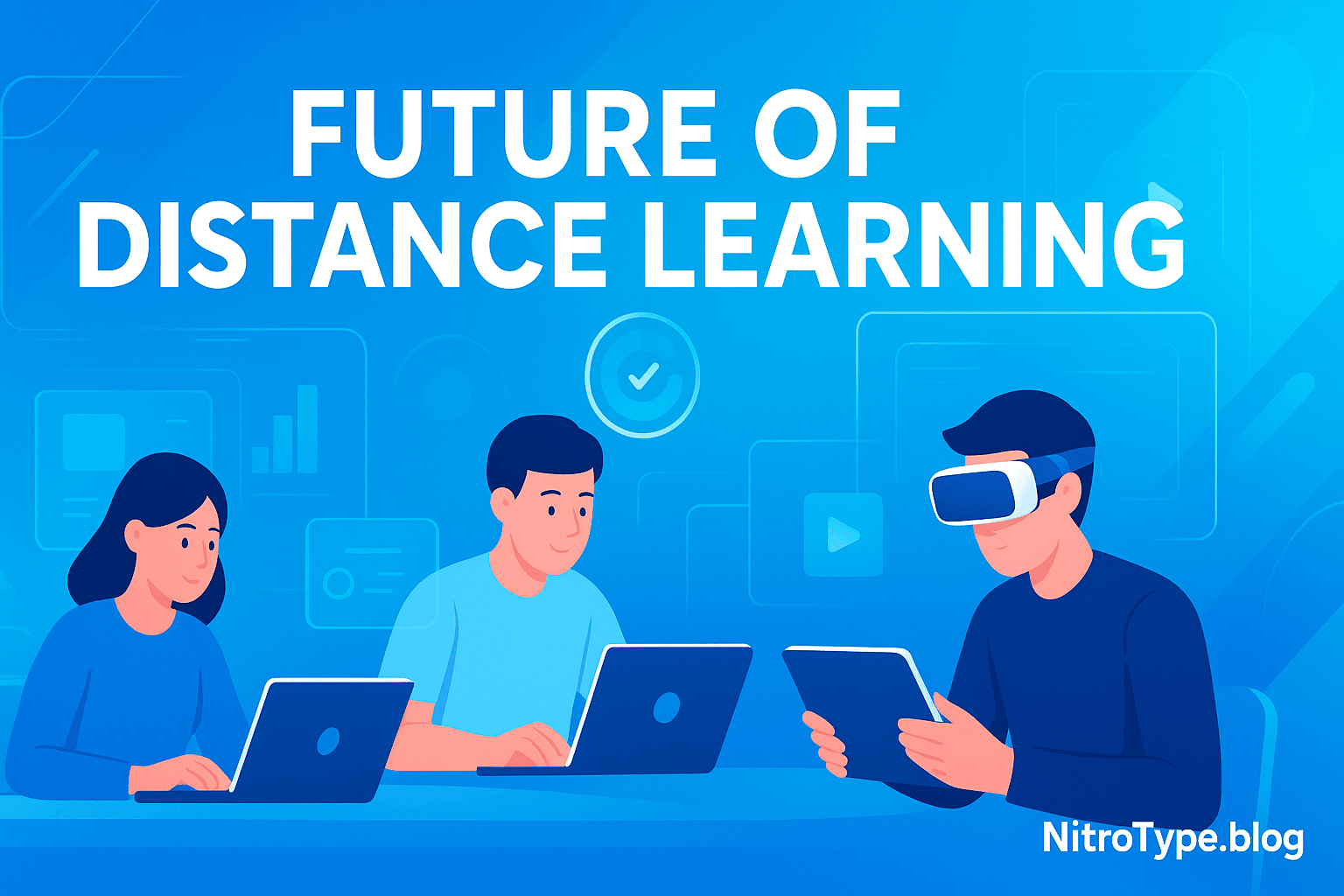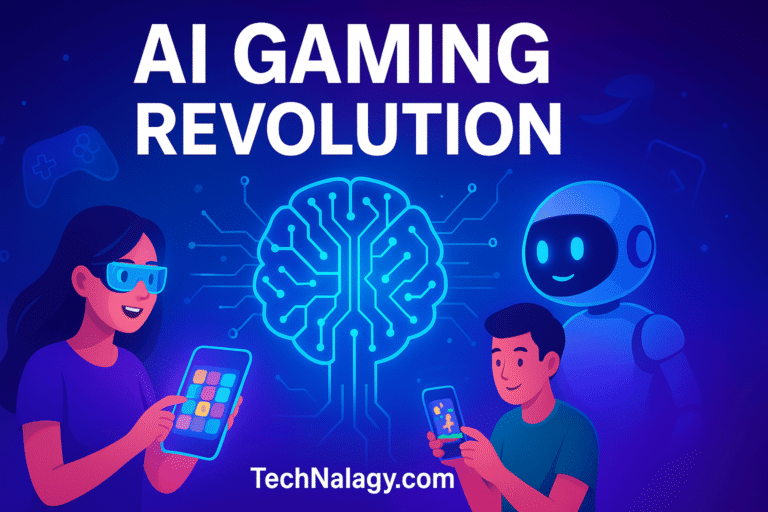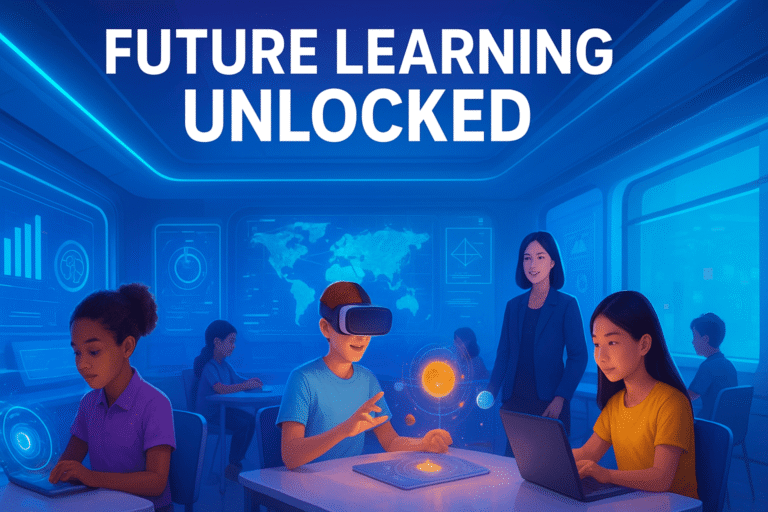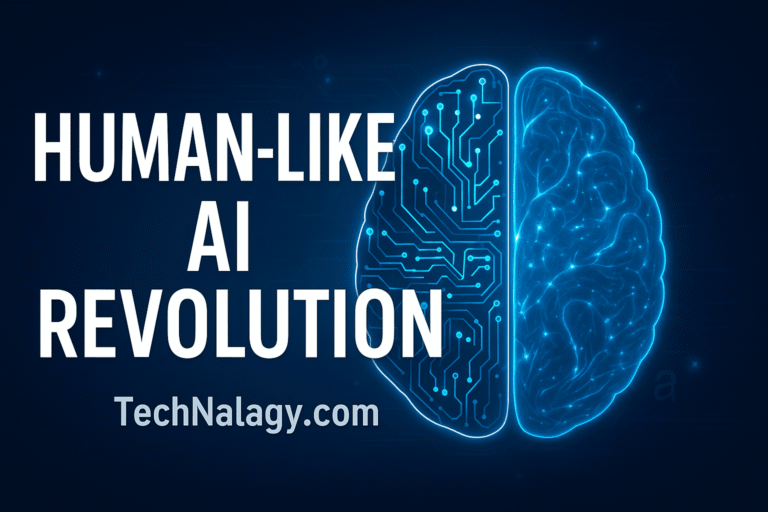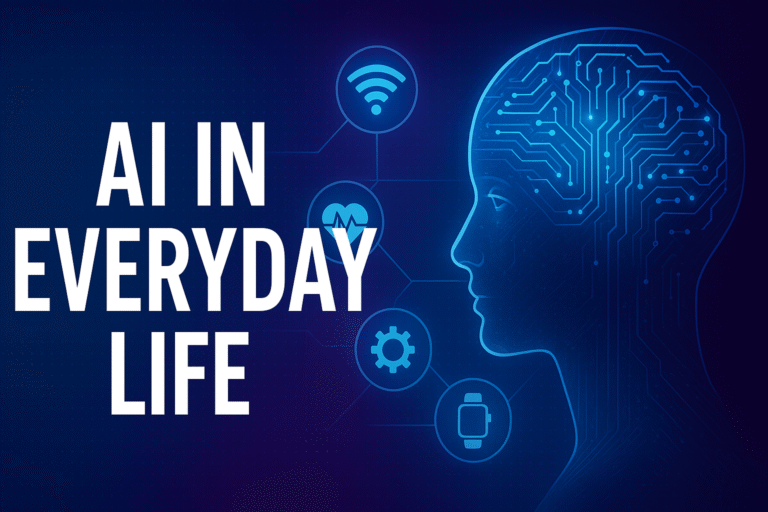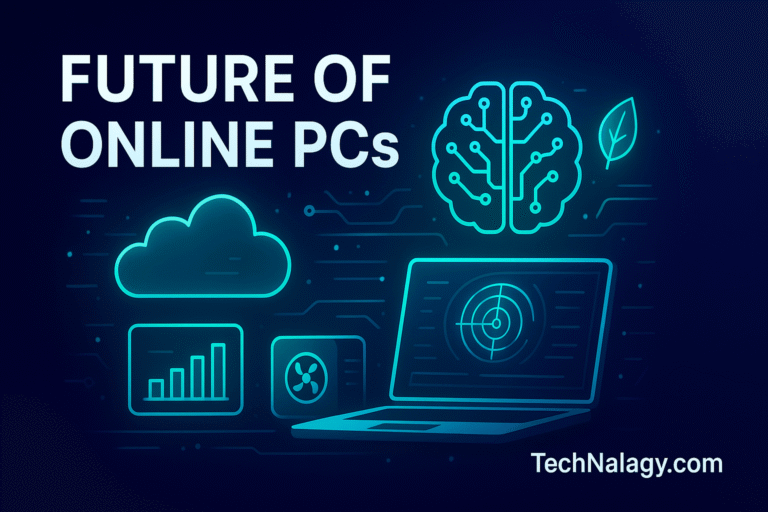Neural Interfaces 2025: How Brain-to-Computer Tech Is Reshaping Human Potential
Introduction
Imagine a world where your thoughts can open doors, control machines, or even communicate directly with another person without speaking. In 2025, this vision is moving from science fiction into reality through Neural Interfaces — advanced systems that connect the human brain directly with computers and machines. Once confined to medical experiments and research labs, these technologies are now breaking into mainstream use.
From restoring mobility to paralyzed patients to creating immersive gaming experiences, Neural Interfaces are poised to redefine human potential. This article explores how these systems work, their real-world applications, the ethical concerns they raise, and what the future holds as we stand on the edge of a new era in human–machine interaction.
Table of Contents
What Are Neural Interfaces?
At their core, Neural Interfaces (often referred to as Brain-Computer Interfaces (BCIs) or Brain-Machine Interfaces (BMIs)) are technologies that enable direct communication between the brain’s neural activity and external devices. Instead of relying on keyboards, touchscreens, or voice commands, neural interfaces decode brain signals and translate them into digital commands.
The human brain functions by sending tiny electrical impulses between neurons. Neural interfaces capture these signals using electrodes — either implanted inside the brain (invasive) or placed on the scalp (non-invasive) — and process them with artificial intelligence to perform tasks such as moving a prosthetic limb or typing text on a screen.
The concept isn’t entirely new. Early EEG devices in the mid-20th century allowed researchers to monitor brainwaves, but today’s systems are vastly more advanced, enabling two-way communication where machines can also provide feedback to the brain.
The Evolution of Neural Interfaces up to 2025
The journey of neural interfaces has accelerated rapidly over the past decade. Initially developed for military and healthcare applications, today these systems are drawing attention from tech giants and startups alike.
- Early Milestones: DARPA funded research into brain-controlled prosthetics for soldiers injured in combat.
- Neuralink and Synchron: Companies like Neuralink (founded by Elon Musk) and Synchron have demonstrated real-time brain implants that allow paralyzed individuals to control digital devices.
- Non-Invasive Innovations: Headsets and wearable neural sensors now enable interaction without surgery, opening opportunities for consumer use.
The rise of artificial intelligence has been critical in this evolution. Machine learning algorithms can now process brain activity with remarkable accuracy, turning raw signals into meaningful actions. Neural interfaces are no longer limited to labs; they’re becoming tools in daily life. For example, as explored in AI in Everyday Life: How Artificial Intelligence Is Powering 2025 and Beyond, the fusion of AI and brain-computer systems is unlocking new dimensions of human–machine collaboration.
Real-World Applications of Neural Interfaces in 2025
Healthcare and Neuro-Rehabilitation
Perhaps the most profound impact of Neural Interfaces lies in medicine. Patients with spinal cord injuries or paralysis are now regaining independence through brain-controlled prosthetics. Imagine someone unable to move their limbs now able to grasp a cup of water simply by thinking about it.
Other groundbreaking applications include:
- Thought-to-speech systems for people with ALS or severe communication disorders.
- Deep brain stimulation to treat depression, epilepsy, and Parkinson’s disease.
- Brain-controlled wheelchairs and assistive devices.
A report by MIT Technology Review highlights how these interfaces are no longer experimental but on the cusp of clinical adoption, offering hope to millions worldwide.
Enhancing Human Productivity
Beyond healthcare, neural interfaces are being explored in industries to streamline workflows. Workers could operate heavy machinery, drones, or robotic arms with minimal physical effort. Office environments may one day integrate neural commands to interact with software, reducing reliance on keyboards and mice.
This transformation aligns with the broader adoption of Spatial Computing, where digital and physical worlds merge seamlessly. (Read more in Spatial Computing in 2025: Trends, Use Cases, and Future Potential). Together, these technologies promise a future where humans and machines collaborate more intuitively than ever before.
Accessibility and Inclusive Technology
For individuals with disabilities, Neural Interfaces represent a revolution in accessibility. Brainwave-powered systems allow users to control smart devices, type messages, or navigate the internet without lifting a finger.
The potential extends to smart homes: lights, doors, and appliances can respond to neural signals, offering unprecedented independence to people with limited mobility. This seamlessly connects to the concept of Ambient Intelligence, where environments adapt to human needs (Ambient Intelligence and the Future of Human-Centric Technology).
Gaming, Entertainment, and Immersive Experiences
Entertainment is another frontier. Imagine playing a video game where your character moves purely through thought, or watching a movie that adapts based on your emotional responses. Neural music experiences, where playlists shift based on brain activity, are already being tested.
By merging with VR/AR platforms, neural interfaces promise truly immersive experiences, redefining how we interact with digital content.
Ethical, Social, and Privacy Concerns
While the potential of neural interfaces is immense, it comes with equally significant challenges.
- Data Ownership: Brain data is the most personal form of information. Should companies have the right to collect and store it?
- Security Risks: Hackers could, in theory, manipulate neural implants or steal thought patterns.
- Digital Divide: Access to such advanced technology may be limited to the wealthy, widening global inequality.
- Mental Autonomy: If machines can interpret thoughts, where do we draw the line between assistance and intrusion?
Governments and advocacy groups are now calling for neuro-rights, legal protections that ensure individuals retain ownership and control over their brain data. Without such frameworks, the risks could overshadow the benefits.
The Future Potential of Neural Interfaces Beyond 2025
Human Augmentation
The next stage in neural technology may not be about treating disabilities but enhancing abilities. Future implants could improve memory, sharpen focus, and accelerate learning. Athletes might gain faster reaction times, while knowledge workers could access instant information directly through neural links.
Neuro-Collaboration & Collective Intelligence
Scientists envision a future where brains are interconnected, allowing teams to share ideas instantaneously. Such collective intelligence networks could revolutionize research, communication, and creativity.
Fusion with Other Emerging Technologies
The true power of neural interfaces will unfold when combined with other innovations:
- AI: Enhancing neural data processing for more accurate predictions.
- Quantum Computing: Speeding up signal decoding for real-time responses.
- 5G & Edge Computing: Supporting low-latency brain-to-cloud communication.
- Smart Cities: Environments that respond to neural commands, making daily life seamless.
Conclusion
Neural Interfaces in 2025 mark a transformative shift in human–machine interaction. From restoring independence to disabled individuals to unlocking new dimensions of entertainment and productivity, their potential is vast. Yet, alongside these opportunities come challenges around privacy, security, and ethics.
The coming years will test humanity’s ability to balance innovation with responsibility. If developed wisely, Neural Interfaces won’t just change the way we use technology — they will reshape what it means to be human, expanding the boundaries of human potential itself.

Kamran Khatri is the founder of technalagy.com, where he shares insights on AI, future tech, gadgets, smart homes, and the latest tech news. Passionate about making innovation simple and accessible, he writes guides, reviews, and opinions that help readers stay ahead in the digital world.

